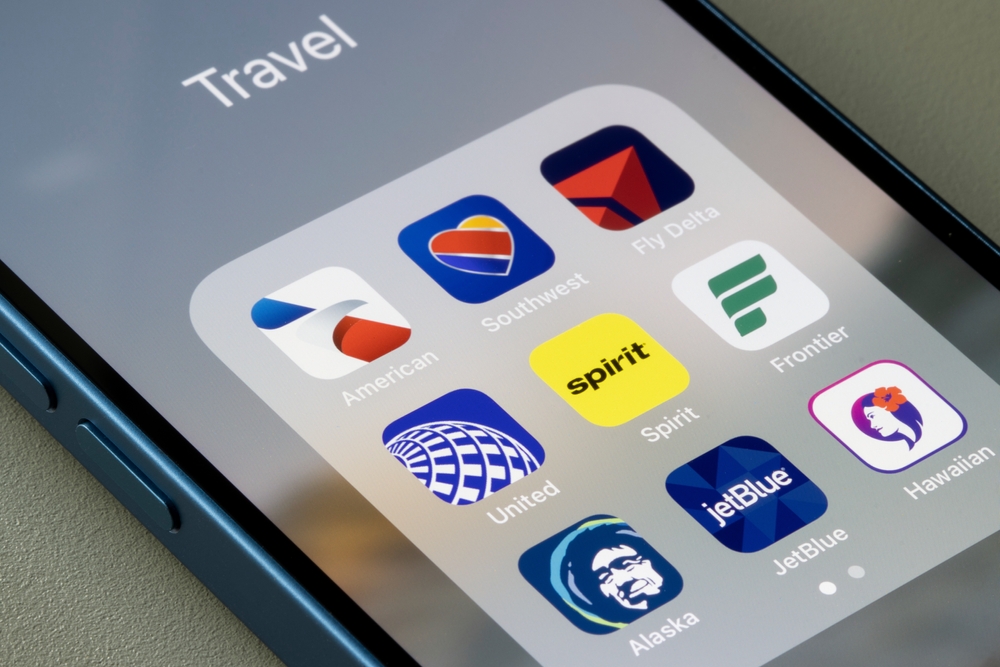In an era where customer experience (CX) reigns supreme, travel companies are diversifying revenue streams to enhance the customer journey. Ancillary services have emerged as a powerful tool, helping travel companies go beyond the traditional and deliver personalised, value-added experiences. Here, Sam Dunscombe, head of growth at Mobilise, offers his advice for successfully harnessing value from ancillary revenue streams.
Ancillary services for travel and tourism include things like extra luggage, currency, travel insurance, car hire and now, travel eSIMs. Such add-ons have gained immense popularity due to their potential to diversity revenue streams — both directly and indirectly. A PwC survey highlights that consumers are willing to pay a premium of up to 14 per cent for hotel stays and ten per cent for airline tickets when exceptional customer experience is guaranteed. This consumer inclination has prompted travel companies to explore services that go beyond their core offerings both as a directly as a complimentary purchase choice, as well as inclusive in more premium offerings to help create higher perceived value.
Navigating the market
The ancillary services market is brimming with choice, and travel companies often find themselves struggling with a shortage of resources to handle the quantity of opportunities available. Therefore, travel service providers need to think carefully when considering the best ancillary service for them.
In general, a successful ancillary service has three qualities. Firstly, it must have a direct application to customer base. Services that directly meet the needs of your customers, and that are aligned with the customer journey, are more likely to be successful.
Secondly, travel companies should prioritise services that can be easily integrated in a fully digital way. Standalone services may struggle to compete, so ensuring seamless integration into the sales journey enables more cohesive CX. Services like travel insurance often include a lengthy sign-up process and verification which can detract from the core sales journey, and reduce overall conversion.
Finally, travel companies should consider how well a service allows for data-driven personalisation. According to McKinsey & Company, 71 per cent of consumers expect personalisation, and 76 per cent get frustrated when they don’t find it. Ancillary services that tap into customer data can enhance trust and engagement, while offering premium CX to ensure customer satisfaction.
The eSIM example
Launching ancillary services successfully requires a strategic approach. Let’s take the example of travel eSIMs, a service gaining significant traction. According to Mobilise’s recent survey, a significant portion of travellers are interested in purchasing travel eSIMs through their travel service provider — almost two-thirds of Gen Z, over half of Millennials, and more than a third of Gen X would do so.
But many service providers are recognising this opportunity, and the market is becoming filled with an increasing number of standalone applications, which travellers can use to purchase an eSIM for more cost-effective roaming while abroad. These standalone applications, although functional, lack integration into the sales journey and the crucial aspect of personalisation.
To enter the travel eSIM market successfully, opting for an eSIM software development kit is key. Mobilise offers eSIM SDK, which includes all of the required application programming interfaces (APIs) to launch travel eSIMs and directly from a preexisting mobile application. Instead of taking over 6 months to launch travel eSIMs, the whole process could be completed in as little as two weeks. What’s more, the onboarding journey is fully housed within the application itself, no need to use a QR code or leave the app to check an email.
Opting for an integrated eSIM service gives the travel business an edge over its standalone competitors, as it creates a unique opportunity to provide a relevant service at a point in the sales journey without competition. For example, while a customer is booking their primary service — be it a flight or accommodation — an eSIM could be offered as an add-on that customers can purchase as part of their package.
Working with a connectivity expert also creates opportunities to use data more effectively. Companies can use customer data to personalise their services — whether that’s offers on eSIMs for a specific destination that a customer regularly travels to, or using network usage data to see what the data is being used for and offering specific packages tailored to these needs, all of course while being GDPR compliant.
There’s no doubt that ancillary services are key. They offer an additional revenue stream and improve CX. However, with so many options to choose from it’s essential to make carefully considered choices. An integrated travel eSIM, created using an SDK, hits all the points of a successful ancillary service strategy, ensuring a successful launch and a satisfied customer base.








